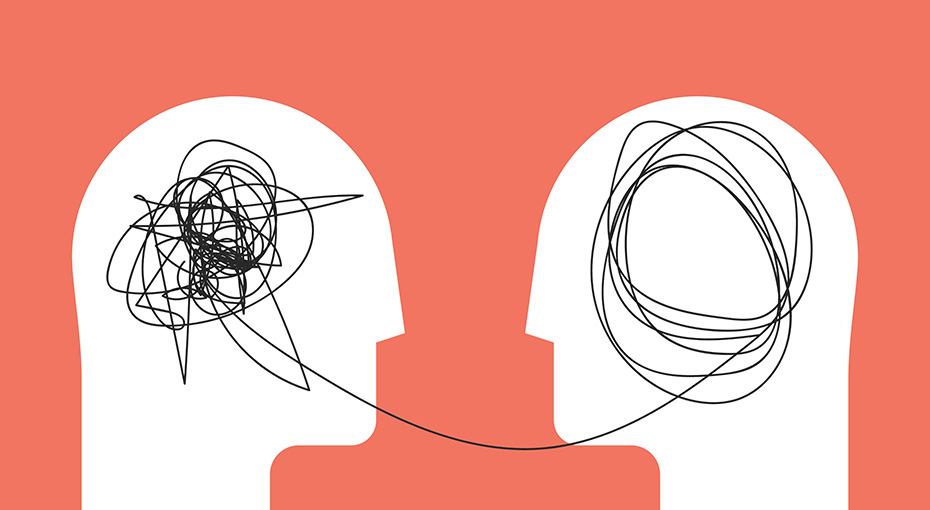Referendum myths & misconceptions
Common myths and misconceptions surrounding Referendums in Australia

Myth: The most recent Referendum in Australia was in 2017 about marriage equality.
False. The 2017 Australian Marriage Law Postal Survey was a plebiscite and not a Referendum. It was designed to gauge support for legalising same-sex marriage in Australia. Of the eligible Australians who answered the survey, 61.6% responded in favour of changing the law to allow same-sex couples the same right to marry as heterosexual couples. The Federal Marriage Act 1961 was amended to reflect this view later that year.
Plebiscites on social issues have been historically common at the State level, on issues such as alcohol (closing times for licensed premises and prohibition) and shop trading hours, and more recently daylight saving. For an example of the recent adaptation of state Referendum laws in the daylight saving case see (QLD) Referendums and Elections Legislation Amendment Act 1991 (repealed) s9 and the (QLD) Summer Time Repeal Act 1992 (repealed) giving effect to the “no” vote at that plebiscite.
Myth: The 1967 Referendum gave First Nations people citizenship and the right to vote.
False. In most parts of Australia, Indigenous people could already vote at both State and Federal elections and had citizenship rights. However, they were not counted as part of the national census and were the only group of citizens not to be. The 1967 Referendum asked the question:
Do you approve the proposed law for the alteration of the Constitution entitled ‘An Act to alter the Constitution’ so as to omit certain words relating to the people of the Aboriginal race in any state and so that Aboriginals are to be counted in reckoning the population?
The proposal sought to give the Commonwealth power to make laws with respect to Indigenous people wherever they lived in Australia and to make it possible to fully include Indigenous people in the national census. This Referendum saw the highest “yes” vote ever recorded in a Federal Referendum, with 90.77 per cent of people voting in favour of the change.
Myth: We don’t know yet what the Indigenous Voice to Parliament is about.
False. The proposed Indigenous Voice to Parliament would be an advisory body made up of First Nations people established with the purpose of advising the government on policy and decision making that affects Aboriginal and Torres Strait Islander Australians. The Voice to Parliament was first proposed in the Uluru Statement from the Heart in 2017. It was formally introduced to Parliament in March 2023 via the Constitution Alteration (Aboriginal and Torres Strait Islander Voice) 2023 Bill, which states that section 129 of the Constitution will read:
“In recognition of Aboriginal and Torres Strait Islander peoples as the First Peoples of Australia:
- there shall be a body, to be called the Aboriginal and Torres Strait Islander Voice;
- the Aboriginal and Torres Strait Islander Voice may make representations to the Parliament and the Executive Government of the Commonwealth on matters relating to Aboriginal and Torres Strait Islander peoples;
- the Parliament shall, subject to this Constitution, have power to make laws with respect to matters relating to the Aboriginal and Torres Strait Islander Voice, including its composition, functions, powers and procedures.”
Myth: The proposal for an Australian First Nations Voice to Parliament is the first of its kind in the world.
False. Several other countries have implemented a First Nations Voice to Parliament. This includes New Zealand, Norway, Finland and Sweden. In New Zealand, the comparable Voice is that of the Waitangi tribunal. The tribunal was established in 1975 and is made up of Māori representatives who are empowered to hear claims and make recommendations on certain matters impacting the Māori people (these primarily relate to land and fishing rights). They also act as an advisory body for any legislative drafts that the New Zealand Parliament refers to them. The Artic nations of Norway, Finland and Sweden each have representative Sámi Parliaments which are similarly committees of First Nations (Sámi) peoples who advise and express opinions to public authorities before decisions that will affect Sámi lands and culture are made.
Myth: The Voice will amount to a third chamber of Parliament.
False. Australia has 2 chambers of Parliament: The House of Representatives, or the “lower house”, and the Senate, or “upper house”. This structure of government is provided for in the Australian Constitution. To add a third chamber of Parliament, the Constitution would need to be altered. This sort of change is not the subject of the current proposal.
What is proposed is a Voice to Parliament and the Executive Government, not a Voice in Parliament. Based on the information we have to date, the Voice will have no role in passing legislation, including anything that could be described as a “veto power”, or a power that amounts to a third chamber of Parliament. Legislation will continue to be the role of our elected representatives in both houses, a function itself prescribed by the Constitution which would require additional Constitutional amendments to change. Nothing like those changes appear in the proposed amendment we will vote on in the upcoming Referendum.
Myth: The Voice will dictate how Parliament is run and how policy is made.
False. The proposed Constitutional amendment states that the Voice “may make representations” to Parliament and the Executive Government. It will be up to Parliament to decide whether and how it will address those representations. The range of responses the Parliament and the Government might make to any representations made by the Voice will need to be outlined in legislation after the Referendum takes place later this year. Based on the information we have to date, the Voice will not change the way that government decisions are made, or how proposed laws are debated, amended and passed within Parliament.
 LexisNexis
LexisNexis